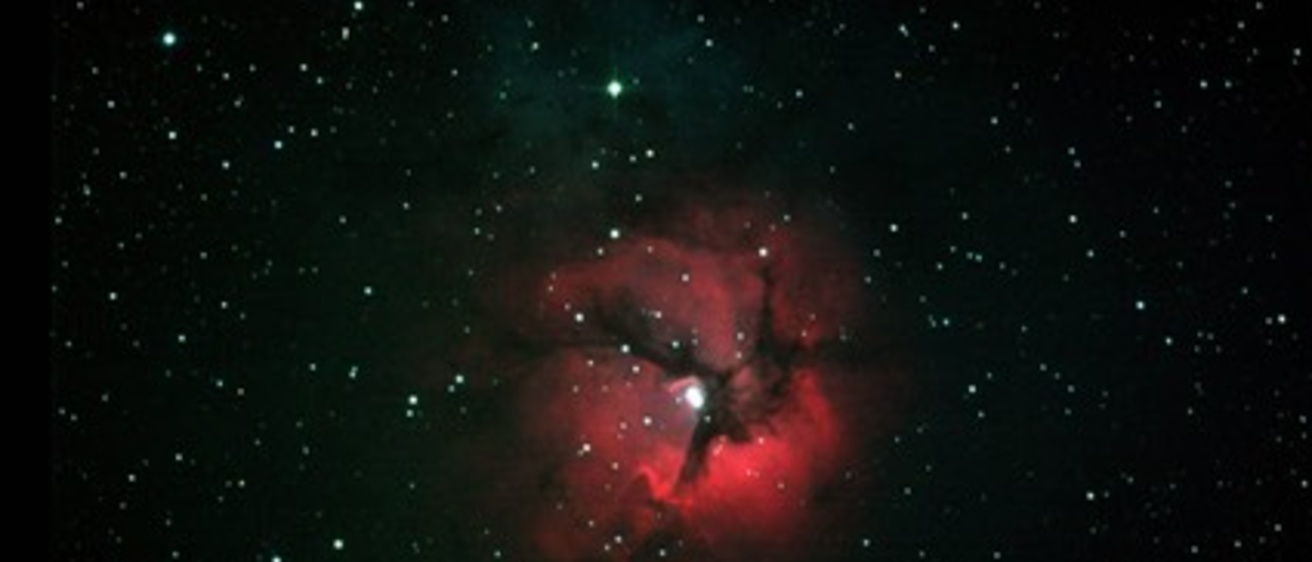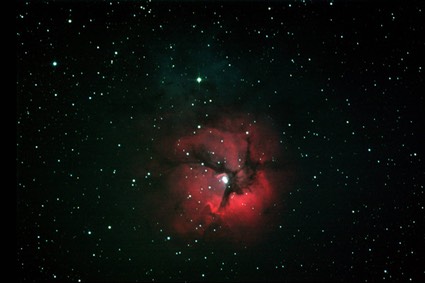
Breadcrumb
- Home
- Labs
- Observational Labs
- Observing with the VAO
- Part 1: The VAO and Target Selection
Part 1: The VAO and Target Selection
Resources: Van Allen Observatory Equipment Page, Stellarium Web, Telescopius.com

When using a simple optical telescope to observe the night sky, you could just randomly point it at various objects and locations. However, you'll likely discover more fascinating sights if you plan your observations in advance. Historically, astronomers have used star maps and catalogs to predict when an object would be visible. Today, modern tools can simulate the night sky and viewing conditions. In this lab, you will learn about some of these tools and plan your own observation.
Software and websites such as Stellarium and Telescopius can be used to find out what objects will be visible tonight from 8-10pm in Iowa City. After setting your date and time, you can search for objects from the appropriate list below, and view their rise and set times, altitude, and apparent magnitude. You will need to make sure that your object is at 30 degrees altitude (or more) to be observable. This ensures that it is visible above the dome of the VAO.
Fall Observation List:
Messier 13, Messier 27, Messier 31, Messier 33, Messier 57, NGC 40, NGC 869, NGC 6543, NGC 6888, NGC 6992, NGC 7635
Spring Observation List:
Mars, Jupiter, Messier 1, Messier 33, Messier 35, Messier 42, Messier 45, Messier 51, Messier 81, Messier 104, IC 434, Messier 65/Messier 66/NGC 3628 (Leo Triplet)
Summer Observation List:
Messier 11 (open star cluster), Messier 13 (globular star cluster), Messier 16 (emission nebula), Messier 27 (planetary nebula), Messier 57 (planetary nebula)